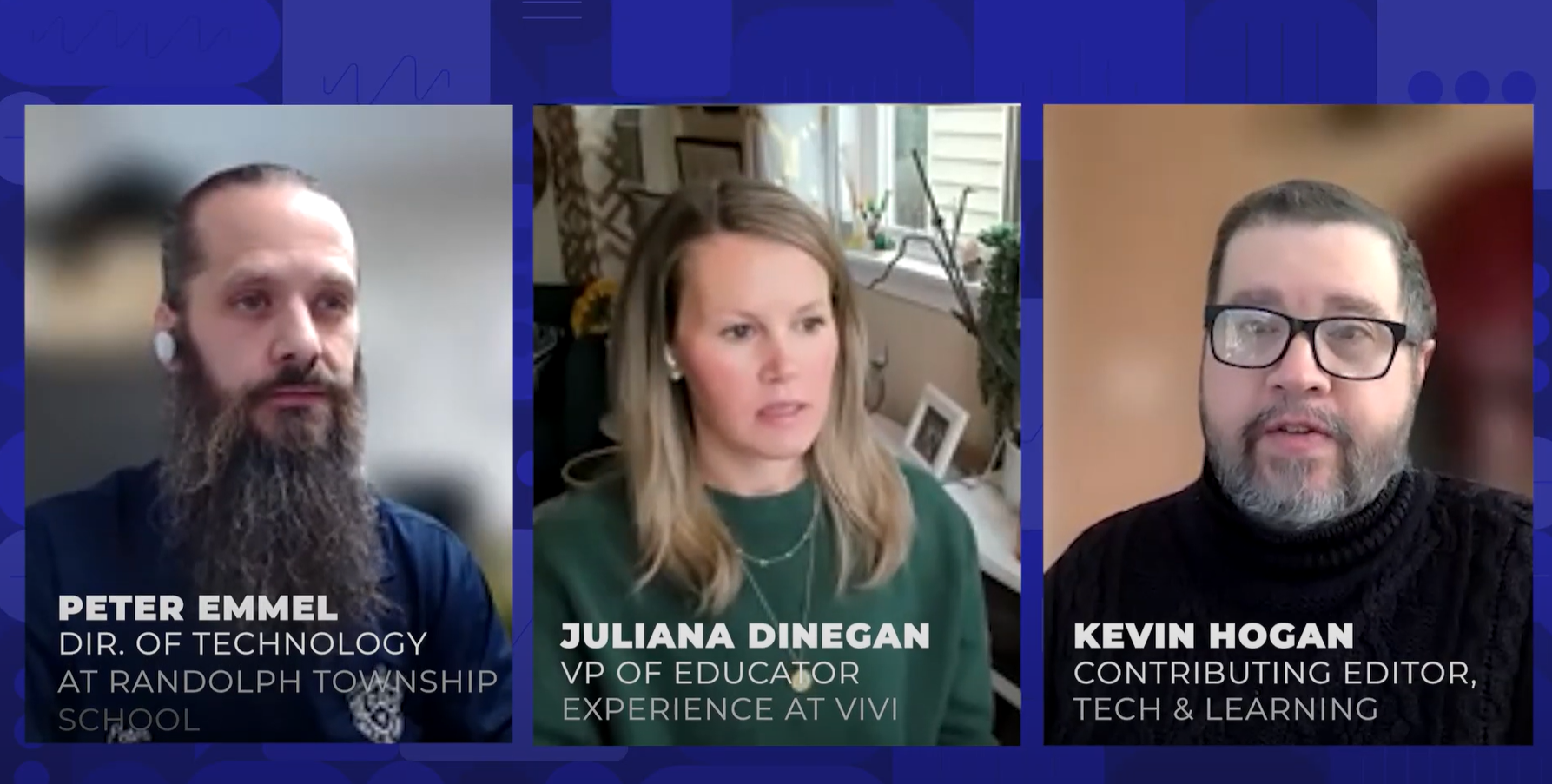Social Networking or Social Suicide: The impact of social networking on virtual DNA

by Nicole Kendall
What is Virtual DNA?
Virtual DNA (or vDNA) represents the online activities or "breadcrumbs" of your online persona. Similar to physical DNA, your vDNA can serve as a blueprint of your unique composition. However, your vDNA does not link you to traits of your ancestors. vDNA exists through information provided by a person or social circle, open for public interpretation. Hobbies, social interests, life experiences, etc. reveal the alternative code of a person -- one that may be in stark contrast to the offline lifestyle or appearance.
In today’s society, a “friend” is no longer a person you know well and regard with affection and trust. It has become a loose term for practically anyone you know online regardless of how well you know or like them. Their involvement in your social communities can leave their coding in your vDNA.
How does one’s virtual DNA impact the society in which we live/operate?
Millions of people around the world, young and old, use Friendster, MySpace, Match.com, LinkedIn, and hundreds of other sites to communicate, find friends, dates, and jobs – and in doing so, they divulge their personal vDNA to friends as well as to strangers. Since the information is accessible in the virtual public domain, it has the potential to be analyzed and used for multiple purposes. Thus, the vDNA is not always under the sole development of its user.
In his 2006 article, "Facing the Facebook," Michael Bugeja discusses disadvantages to naïve social networking. He cites Christine Rosen, a fellow at the Ethics and Public Policy Center, in Washington, D.C., stating, "Students might think they are merely crafting and surfing a vast network of peers, but because their Facebook profile is, in essence, a public diary, there is nothing to stop anyone else—from marketers, to parents, to college officials—from reading it." If the vDNA overlaps into conflicting networks, it can jeopardize relationships.
Not only are personal relationships jeopardized, but business ones as well. In early 2009 British teenager Kimberly Swan was bored to distraction at her new job. Rather than venting to her friends after work (and out of earshot of her employer), she vented to her friends on Facebook. Unfortunately, her new boss also read her comments, and she was promptly sacked. Swan's error – feeling so comfortable in her online social sphere that she failed to realize the public nature of it – is a common one made by young people.
Building a Healthy vDNA
There is a growing awareness of the negative aspects of social networking. Is the answer to "just say no" to the virtual world? Well, in a word - no. There are ways to teach young people to build a healthy vDNA, one that won't haunt them in years to come.
Tools and ideas to transform education. Sign up below.
L – Learn the details of the social networking site. Yes, actually review the Terms and Conditions before signing away rights to personal information and interests. Remind your students that with their social networking saavy, there's no excuse for not tending to their vDNA.
I – Interact online – but assume that everything is public. Privacy settings can only restrict the access to information to a certain extent. As technology search engines become more sophisticated, private content is seeping into the spotlight. Encourage students to be accountable for their status updates, uploaded images, and virtual interactions.
N – Just as vDNA is a virtual version of 3D life, so is Netiquette the virtual version of good manners and how to be a good digital citizen. We must train students, especially young social networkers, that the online community has no borders, requires no passport, and everyone is created “virtually” equal.
K – Know when to disconnect from social networking. Nothing wrong with dropping by Facebook or Twitter to see what friends are up to – but how about dropping by in person (after a polite Facebook warning nudge, of course)? Log off the net and give your vDNA a break by exercising your actual DNA!
As educators, we have an obligation to educate our students on their vDNA and to discuss digital communication and how it can impact them for years to come. Spring break pictures? Place them in a scrapbook. Want to express your thoughts about an ex-boy/girlfriend? Call your closest buddy. Social networking does not have to be the only means of making their world engaging. Life is only as exciting as the one they choose to live….if they could just log off!
Nicole Kendall, Ed.D., is Assistant Professor of Teaching and Learning in the College of Education at Tennessee State University.
